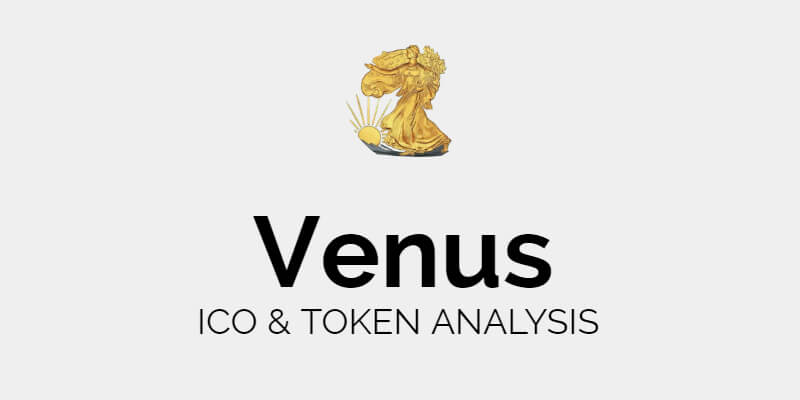The blockchain is a new and welcome idea: decentralizing transactions, securing funds with high-level cryptography, and more. The only problem is that today’s blockchains exist in separate environments, hindering interoperability. There’s also the issue of security concerns. While cryptography goes a long way, blockchain transactions are still vulnerable to security threats, such as the hypothetical 51% attack and malicious actions by network participants.
The Certik Protocol is a blockchain-based interoperability and security solution for blockchain networks. On the network, users can access various security solutions to protect their crypto assets. Certik launched its testnet in March 2020 and its mainnet on October 24, 2020.
This article is a closer examination of the Certik Protocol.
Breaking Down Certik
Certik is a blockchain effort that wants to build a safer blockchain infrastructure and decentralized applications’ environment. Based on a Delegated Proof of Stake, Certik wants to offer a more trusted and safer environment for executing decentralized finance (DeFi) applications, non-fungible tokens (NFTs), and even IoT applications.
The project will offer cross-chain compatibility so that blockchain projects are better off with the Security Oracle, which provides a real-time and thorough check on all transactions by flagging down any potential security threats. Below, we’ll look more closely at the Security Oracle and other key features of the Certik ecosystem.
Certik: Key Components
#1. Security Oracle
The Security Oracle is a combination of decentralized network operators who rely on cutting-edge security technologies to identify any security threats on the protocol. These operators receive CTK tokens as a reward for this contribution. The Security Oracle can work with various blockchains, allowing users to make informed decisions before interacting with on-chain smart contracts. Smart contracts incorporated into the Security Oracle can flag and prevent malicious transactions from taking place, preventing funds’ potential loss.
#2. CertikShield
This is a tool that enables flexible and decentralized reimbursements of crypto losses. These losses could have arisen from theft or pure inaccessibility due to security breaches. The CertikShield is made of a decentralized network of members who combine the Security Oracle’s scores with the governance system to provide collateral and vote on claims to protect blockchain networks.
The CertikShield system is made of two types of members: collateral providers and shield purchasers.
Collateral providers are members that deposit crypto funds into the CertikShield pool. These funds can be used to reimburse valid claims, meaning the providers can exit with less crypto than they deposited – in case of major security breaches. However, they get to earn staking rewards and a portion of the fees paid by shield purchasers.
Shield purchasers are members who pay for the protection of their funds. Shield purchasers need to decide how much protection they want for their assets and pay a fee that directly corresponds with the level of protection. This fee goes directly to collateral providers.
The CertikShield utilizes several safeguards to prevent manipulation. These safeguards include the following:
- A voting threshold that meets a majority
- Claim requests must pay a fee to be processed
- Approved claim requests are processed over 56 days
- Claim requests can be stopped through a veto voting proposal of at least a 75% majority
- Only projects with a security score of more than 80% can become CertikShield members
#3. DeepSEA
This is a secure programming language and compiling tool compatible with the Certik virtual machine, Ethereum’s WebAssembly, and Ant Financial’s Antchain. DeepSEA is the recipient of funding from Ethereum, IBM-Columbia, and Qtum so that it can accelerate its extremely secure programming language.
#4. Certik Virtual Machine (CVM):
The Certik Virtual Machine, which is also compatible with Ethereum’s Virtual Machine, allows users to access, check, and utilize security info to gauge smart contracts’ safety. This enables smart contracts to adjust their behavior to the security record of other smart contracts. For example, a lending contract can only approve a loan to a DAO contract if the latter provides a provable security record. Also, CVM supports a smart contracts sandbox system, whereby smart contracts whose security is yet to be verified operate in a separate environment from the rest of the network.
The CTK Token
CTK is the native utility cryptocurrency of the Certik platform, and it fulfills the following roles:
- As gas fee for executing smart contracts
- As governance mechanism to participate in the network’s governance
- As a rewards mechanism for participating in the Security Oracle
- As collateral and reimbursement for the CertikShield system
- As a staking mechanism to participate in network consensus
The CTK token was distributed in the following manner:
- Binance launchpool tokens: 1.50%
- Private sale 1 tokens: 29%
- Private sale 2 tokens: 9%
- Team tokens: 10%
- Foundation tokens: 25%
- Community pool tokens: 25%
- CertikShield pool tokens: 8%
Community Growth Strategies of Certik
The Certik team will carry out various activities in a bid to expand the growth and reach of Certik:
- Collaborating with various blockchain protocols to provide security scores for users in those protocols
- Partner and integrate with various Binance Smart Chain projects
- Conduct tutorials, digital and physical meetups
- Regularly update the public through social media
Future strategies include the following:
- Partner with crypto aggregator sites to integrate security scores
- Conduct both local and global hackathons
Tokenomics of CTK
As of October 28, 2020, CTK traded at $0.945717, with a market cap of $20,900,338 and a market rank of #318. The token has a 24-hour volume of $7,979,974, a circulating supply of 22,100,000, and a total supply of 100 million. CTK’s highest price ever was $1.94 (Oct 27, 2020), while its lowest ever was $0 (October 23, 2020), according to Coinmarketcap.
Where to Buy and Store CTK
Currently, CTK is listed on the Binance exchange as a market pair of USDT, BTC, BNB, and BUSD.
Certik provides its official wallet, the Deepwallet.
Closing Thoughts
Certik is a welcome idea in what’s a fragmented blockchain space, where every network operates as a lone island. This lack of interoperability holds back the mainstream success of blockchain. Certik’s solution, along with its industry-leading security offerings, puts it in an interesting position. We’ll be keeping a close eye on this project.



